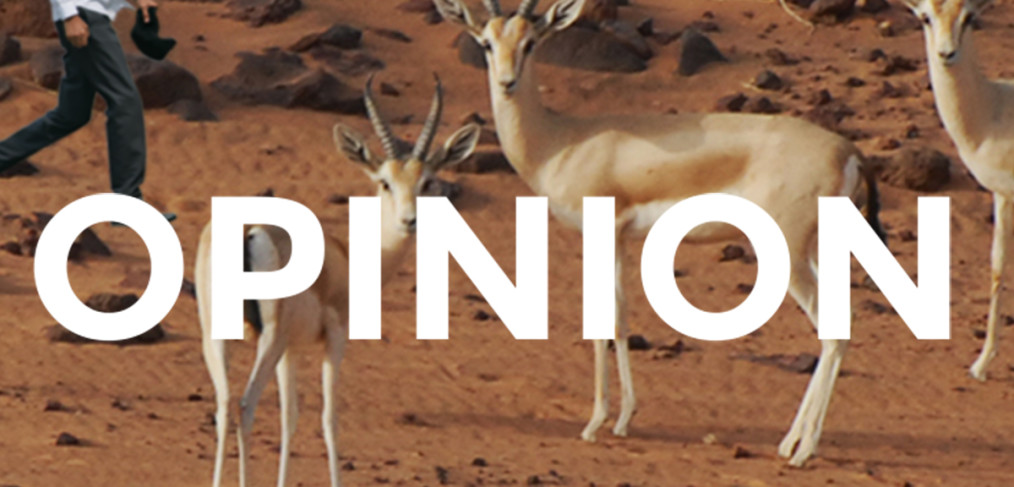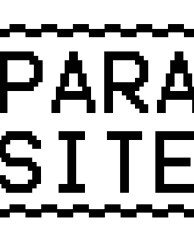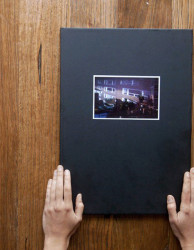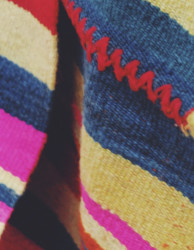
About a gazelle, the lion and the hungry Archistar
Once, a story was written about a gazelle, there in Africa, that every morning wakes up, and it knows it has to outrun a lion to survive.
And the same story tells how always in Africa, every morning, a lion wakes up, and it knows too that it has to run faster than a gazelle, if it doesn’t want to starve to death. And that same story aims to teach you a very important lesson. When the sun comes up, it doesn’t matter whether you’re a lion or a gazelle: anywhere on this Earth, an architect will be sure as egg that the umpteenth commission has been won by yet another Archistar, and he’d better be joining that safari in Africa, if he wants to make a living.
Maybe interior design for the lion’s den… I heard they’ll have guests for breakfast…
But let’s be serious… Africa or not Africa, there’s a truth in the famous story of the gazelle, the lion and the architect-jumped-out-of-nowhere. While the first two are worldwide known and brought into the spotlight by National Geographic and countless other agencies, nobody on the contrary will care about the third one, that common, regular architect. Although his struggle to survive is no less challenging than chasing the gazelle in the open fields of a savannah. Except in this case the savannah is our everyday experience out in the architectural scene, and the gazelle our possibility to endure in it: a job, a commission, a competition.
It’s a cruel world, you know.
One thing that nobody back at the faculty taught us was how deeply our profession became centred on the practice of the (often) compared design proposals. Once used to bring forth everlasting wonders over a public, dominant, central brief (the Acropolis, i.e.), now the competition is emerging as a common expedient, for its transparency or for its neutrality, in every kind of intervention. And in such a line of facts, irreproachable facts, sacrosanct facts, I’d like to emphasise, our profession has been turned in a sort of arena, the savannah of daily races and a worldwide net of competitors, aiming only for one thing: to be selected, to be nominated. An everyday hunt for the occasion to be what you’re meant to be, an architect, and prove to the world what you’re capable of. Clearly, a matter of no ego. But this, for the moment, is not our concern.
Let’s get back indeed to the gazelle/lion equation.
Let’s imagine for a moment that the balance of nature as we mentioned it ceased to exist… Let’s picture a savannah where it doesn’t matter anymore the gazelle, nor the lion, who is stronger, who’s faster. Because this is not what thrills the spectators. No. Let’s pretend that there’s a higher authority, a kind of Supreme Board of the Savannah or take the aforementioned National Geographic troupe for good, I don’t care. And let’s assume that one day, the Board/Troupe decide to choose who should compete, who has to run, who fits the best not the primordial, wild, genuine confrontation, but their very own screen, metaphoric expression of a marketing strategy intended to make a spectacle out of it, “a worldwide show”.
Back from savannah terms, a simpler way to describe what we know as the Guggenheim Bilbao syndrome. Or Architecture as an Event, mass entertainment, the consumerism of the branded Design. The end of a democratic engagement, the rise of the closed competition, the Designer by invitation.
And it’s this, now, that should bother us. This is what our concern should be.
We’re in a world that doesn’t go after eternal marvels, but it limits itself to seek the man that can crack the screen. With a casting process not open to everyone, but limited to a bunch of few names. Big names which can guarantee recognition, audience, success. Worldwide known Archistars, with easily marketable Projects. While the leftovers, everybody else, have to struggle with amateur expedients, young architects’ calls for ideas, “pro” competitions that remain as mere designing excercises, but possibly a boast for every studio CV.
To be clearer, in anyway I’m not saying that Archistars do not make wonderful design. The finger is pointing to something else, to the sort of magic, the wonder, the coverage and in last instance the overall business that our society and we have allowed to be built around them, and the imbalances, the inequities and the controversies that we’re generating with this.
A finger, just to say, that gently stands for a Zaha Hadid’s 427-people studio invited to design a new stadium for Tokyo. I mean: why on Earth the Hadid studio? And anyway, once her design has been scrapped, the finger simply slip towards those other Archistars who can start feasting on the former.
A finger that focuses the attention over a Libeskind slowly taking over Vilnius, as if there’s no other architect in Lithuania that could propose anything better for the city.
It’s the index finger that curiously highlights how both these names have been chosen to redraw Milan central neighbourhoods with the massive Citylife project, or Rome with the Tor di Valle district, despite the thousands of Italian architects that have been trying to do so for an entire life.
It’s a BIG office that gets hold of New York.
It’s the call to assist the endless battle of David versus Goliath. Even if ours is a story where also the Israelites are cheering the giant warrior.
This is the claim: every single day the freshly graduated architect, the young designer, the team of professionals have to face a world where they don’t count anything, despite their skills, their energy, their genuine, alternative view over Architecture. Because they/we live in a world where local authorities, public institutions and private entrepreneurs run after the catchiest Name, not the particular design.
It’s the Archistar, not the architect. It’s the National Geographic moving for their photograph shoots in the savannah Alex the Lion, the Star of New York Zoo, because it’s like nothing we’ve seen, it’s gorgeous, it sells to the public and everybody loves it, casting everything else apart. The lion from our story, our “nameless” architect, casted apart.
As you may understand, Alex the Lion chasing the gazelle is something ridiculously unconceivable, and even unwatchable. And the same goes for a “George” the Gorilla, “Gloria” the Hippo or “Brett” the Bison. But translated back in our world, the architecture world, suddenly all this change in something generally accepted, by the most even praised.
The British architect taking over the Japanese city. The American reshaping the millennia-old Rome. The Danish rediscovering the New World
Weirdly, it even kind of makes sense for everybody. But why, then? Why Alex the Lion would be silly, but not Hadid the Tokyoite? Why should we be subject to such a mind-blowing logic? Why should we perpetuate any longer the supremacy and exclusivity of the Archistar?
Architecture students should be the first to question the endurance of such a self-harming mechanism, in order to suggest and reclaim a more balanced approach than the contemporary open-door policy embraced by the most. They should rise and critically react to the ubiquity and the monopoly of the Archistar. When they see a big firm getting an unquestioned strike after another, they should not be left breathless, stunned admiring, but they should pretend to have the same opportunity as the genuine, unlabelled individuals that we are.
A “they” that calls for all of us.
But perhaps I have just been watching way too much Discovery Channel, and maybe you should not listen to me at all. Who knows… oh look, Alex the Lion is back again.. I wonder what is gonna build this time.
Author: Simone Costa








